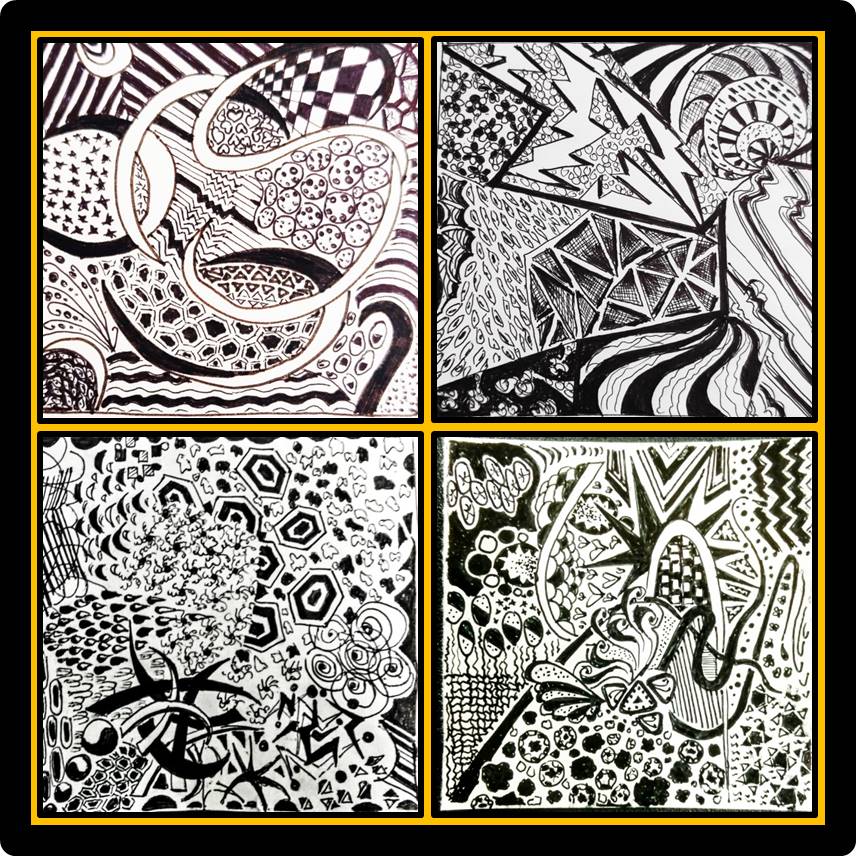The Myth about Timing for Effective Change

I am reminded of an incident that occurred early in my career in the Army. A colleague of mine and I – both subalterns, raw and passionate, were very agitated about something not going right around us. I sought immediate action, while my friend had some sane advice for me. ”Look”, he said. “Whatever we do today will have very limited impact, we being rookies and at the lowest rung of the hierarchy. Let’s wait till we rise in the system and then we will change things where it has much deeper and wider impact.”
He has risen quite high in the ranks today. However I hear he is still working very hard to go higher before he begins changing anything!
So when is the best time to change things? That time is NOW. And which is the best point for initiating the change process? The best place to begin with is with the SELF. As is quite evident from the case above, it was for my friend to change himself first, before he could change anything around him.
I recall this beautiful story of a very poor peasant with intense compassion but with very limited means. He would leave his house every morning with a fistful of grain saved from his own quota of meagre rations and put it along the path he took to work, so that the ants or some small birds could feed. The scale of change or contribution did not matter to him. For him, what he could do NOW with whatever he had was enough to take action.
I am assuming there are many of us like me who are waiting for making the right amount of money with all our familial responsibilities adequately taken care of and having saved enough for our retirement before we set out to make a difference to those with limited means around us!
This brings to the fore the point about having an intent and then doing something about it. Having good intent is easy and natural. We, as normal human beings are all born with good intent (I am not including the mentally deranged or psychopathic ones here). How many of these good intentions finally get translated into reality will depend entirely on one’s ability to know the difference between merely having a good intent and actionising it. Unless the clarity emerges, we will continue to make new year‘s resolutions and wonder why they never fructify into tangible outcomes.
Don’t we see hundreds of people around us so desperately wanting to get into shape? “I will be fitter by the end of the year” is a great intent. I will reduce my weight by 10 kg over the year, with average 2 kg drop to be achieved each month; progress to be measured, monitored and logged on fortnightly basis; will join a gym and/ or (decide) work out for one hour three times a week at gym/home from 5pm to 6pm (a well thought through window which does not clash with other important chores); will seek professional help/dietitian’s advice if the results are not in line with the desired outcomes at the end of first quarter, etc, etc is a close example of breaking an intend into an actionable goal. The process would be similar even for other great aspirations like ‘I will be a more effective team member’, or ‘we will collaborate more’, or ‘I will improve my communication skills’ so relevant and essential for growth in the professional space in an individual or team context.
Intending to be kind and compassionate may actually take much less.
Compassion is empathy in action. Change is in dumping the ‘feel good’ intentions and hitting the road with clarity on where you wish to go. Without that, it would either all smoke and no fire, or what Lewis Carroll says in Alice in Wonderland: ‘if you don’t know where you are going, any road will get you there!’
Remember, time is an irrelevant dimension here, good intent and a clear roadmap is.
Back
